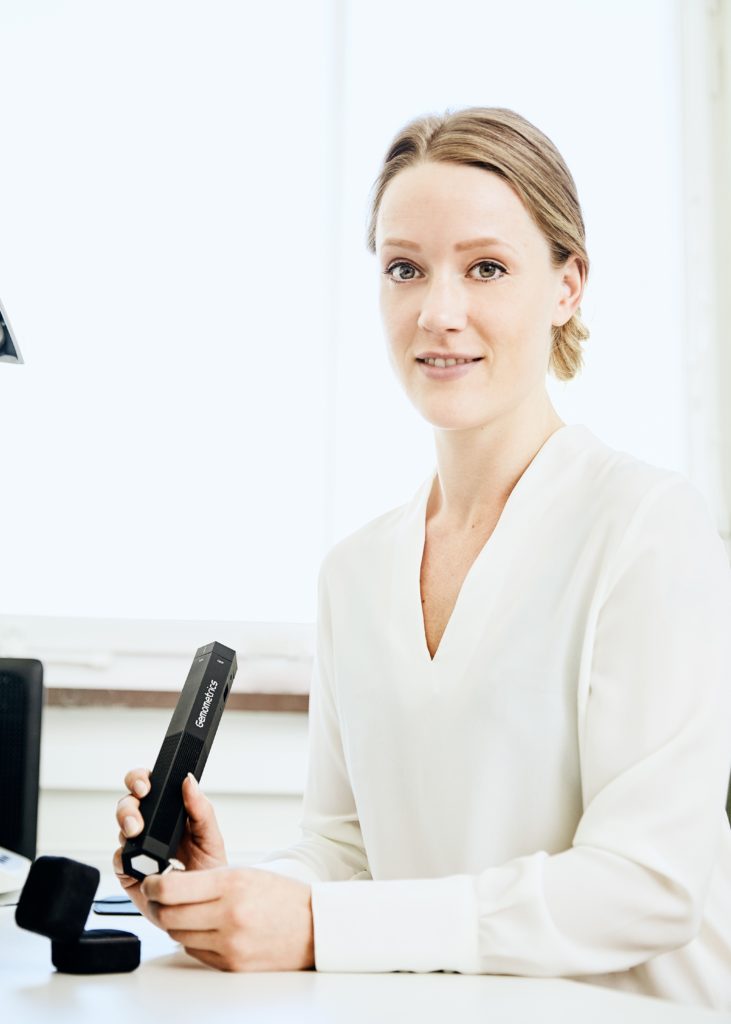
Interview with Emelie Magnusson, project manager at Kaplans, one of the leading auction houses in the Nordics. Educational background in gemology with FGA and DGA certification.
What does Kaplans do?
Kaplans is the leading Nordic marketplace for jewellery, precious stones and watches. We do appraisals, hold auctions and sell items – used and new – online and in our store.
What does your job as a gemmologist at Kaplans entail?
I have had several roles at Kaplans since I started in 2012. In my current role as project manager, I am responsible for maintaining the relationships with our main suppliers and clients.
What type of challenges do you face as a gemmologist in your day-to-day work?
Our main challenge is the big amounts of jewellery and diamonds from suppliers from all over the world that needs to be examined before they enter our business to avoid synthetic diamonds.
Have you found that synthetic diamonds have increased lately?
We do encounter more synthetics in circulation, especially the last years. Sometimes the number of synthetic diamonds in a set of jewelry can exceed the number of natural diamonds, but due to our rigorously controls we identify them at an early stage. Our policy is not to trade with synthetic diamonds.
In what way have you and your colleagues at Kaplans used GemPen®?
After receiving a demonstration on how it works, we offered all our gemmologists to try GemPen® out to see if they found it meaningful in their daily work and it quickly proved to be very useful.
The fact that you can screen multiple stones in a jewellery or in a batch of melees (diamonds weighing less than 0.15 carats) enables detection of anomalies at an early stage. This saves us a lot of time.
You have a number of other tools at hand. In which step of the process have you found GemPen® to be useful?
As GemPen® is portable and easy to use it has become one of the first tools we use to get an indication of whether we should continue to examine the items or not.
In what way does it complement the other tools?
GemPen® can discover synthetics that are especially difficult to identify, such as HPHT- and CVD-synthetic diamonds. Where other instruments might require a more distinct facet surface or the stone to be loose, the GemPen® works regardless.
What are the common questions from your gemmologists regarding GemPen®?
They are of course curious about how the pen works and ask detailed questions about the light source and what type of wave lengths are used in the different filters etc.
In general, gemmological tools are becoming more and more technically advanced, so it is hard to wrap your head around the straightforwardness of GemPen® – that you basically just have to turn it on and direct it at the diamond. The interpretation is up to the user but so far, our gemmologists have had no difficulty in interpreting the results after having spent a couple of hours to get to know it. The gemstone map with the reference pictures is also very helpful.
How has the GemPen® been received in general?
Very well, it’s a good complement to other tools. GemPen® has filled a gap when it comes to examining melees of diamonds or jewellery with intricate or elaborated designs. In conclusion, GemPen® is an easy and efficient tool for screening jewellery and gemstones.